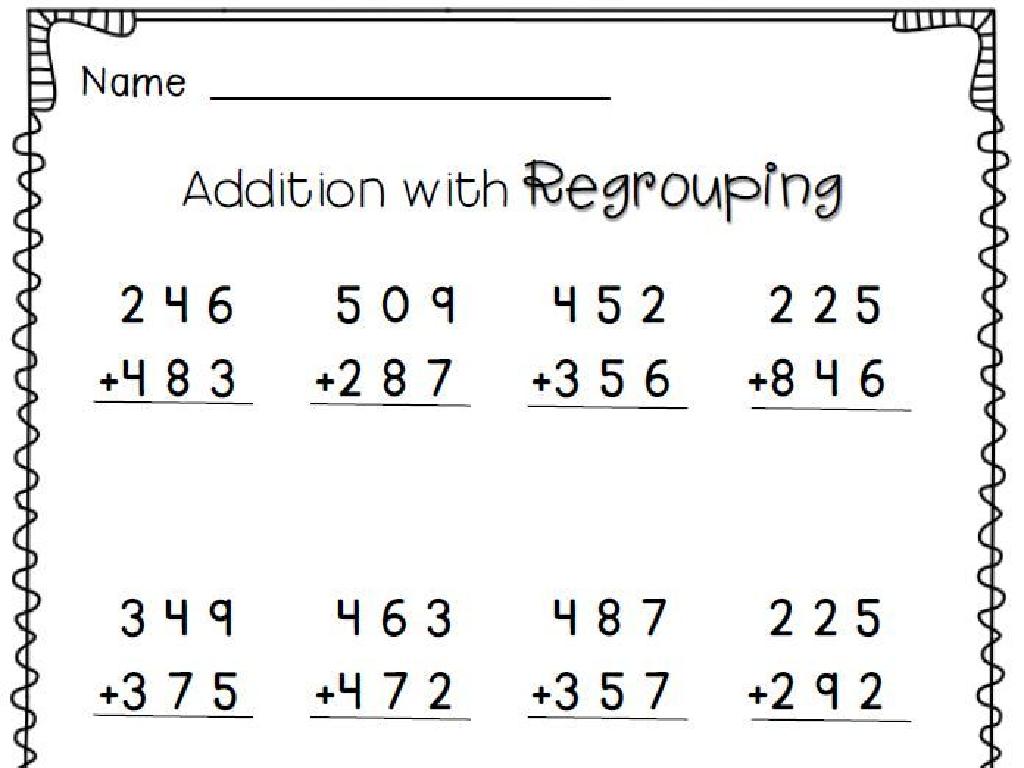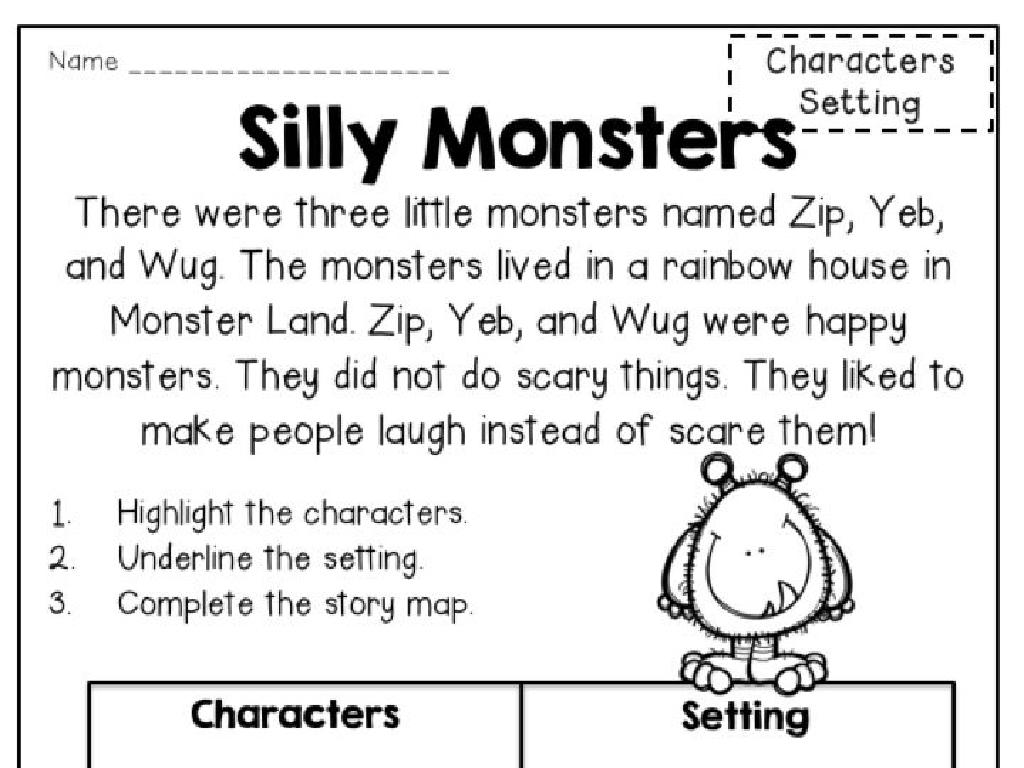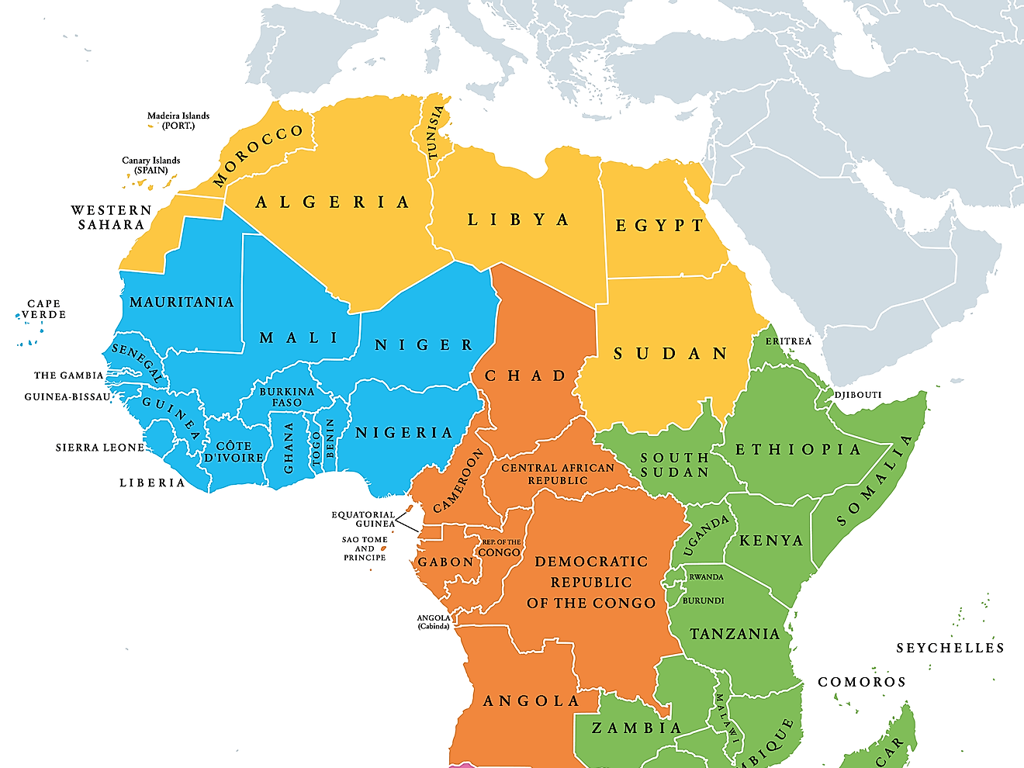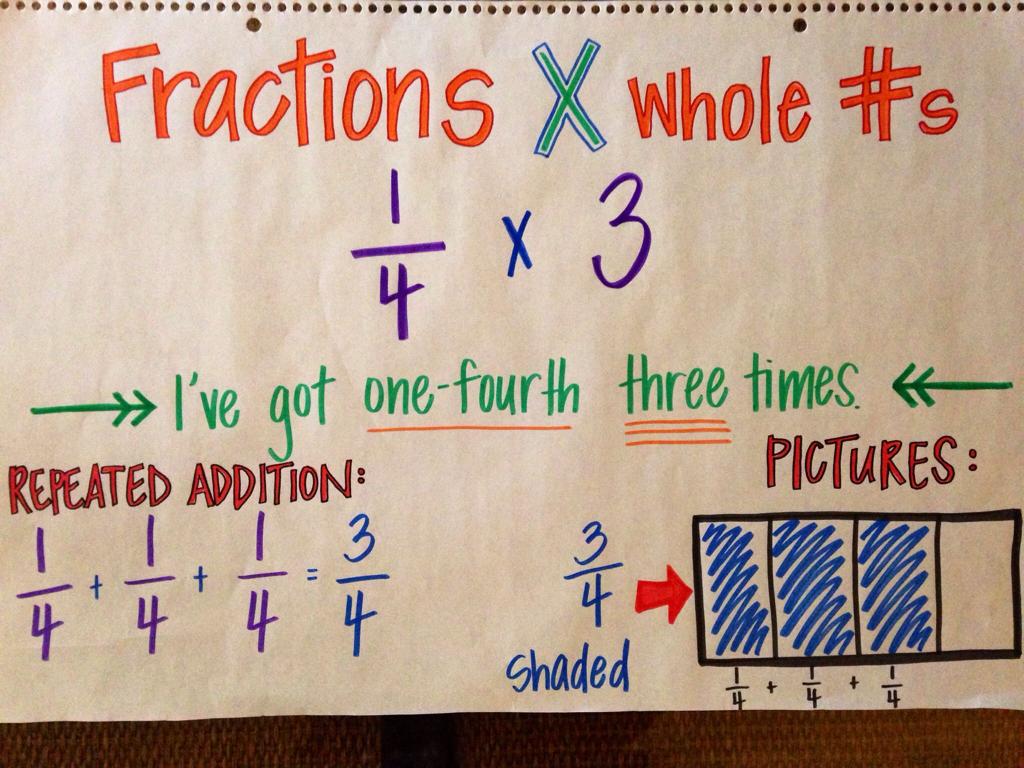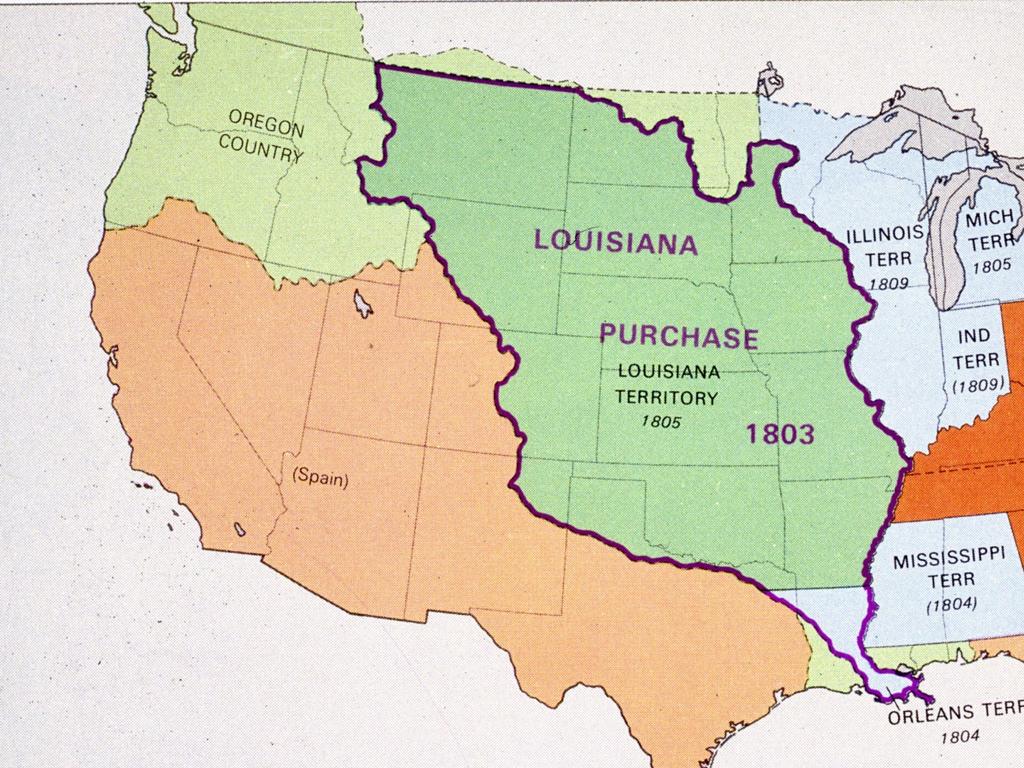Name The Three-Dimensional Shape
Subject: Math
Grade: Second grade
Topic: Three-Dimensional Shapes
Please LOG IN to download the presentation. Access is available to registered users only.
View More Content
Welcome to 3D Shapes!
– Embark on a shape adventure
– Understanding 3D Shapes
– Shapes that have length, width, and height
– 3D shapes around us
– Spheres like balls, cubes like dice
– Recognizing shapes in objects
– Find shapes in everyday items, like cereal boxes or balls
|
This slide is designed to introduce second-grade students to the concept of three-dimensional shapes. Begin the lesson with excitement, framing it as an adventure to discover shapes in the world around them. Explain that unlike flat shapes, 3D shapes have three dimensions. Provide relatable examples such as balls (spheres) and dice (cubes) to help them visualize. Encourage students to think of and share examples of 3D shapes they encounter daily. This will help them recognize and name 3D shapes, connecting classroom learning to their environment. For the activity, students can bring in objects from home to discuss the shapes they see and identify the 3D shapes within them.
Meet the 3D Shape Family
– Cubes: Blocks and dice
– A cube has 6 equal square faces
– Spheres: Balls and globes
– Spheres are perfectly round, like a basketball
– Cylinders: Cans and tubes
– Cylinders have 2 circle bases and a curved side
– 3D shapes have depth
|
Introduce students to the concept of three-dimensional shapes by comparing them to familiar objects. Explain that unlike flat, 2D shapes, 3D shapes have depth, which makes them solid or fat. Use everyday examples to help students identify and remember these shapes. A cube is like the blocks they play with or the dice in board games, with six equal sides. Spheres are like the balls they play with at recess, with no edges or corners. Cylinders are like the cans of food they might see in the kitchen, with two circle ends and a curved side. Encourage students to touch and hold 3D objects to better understand their properties.
Exploring Cubes: A 3D Shape
– A cube has 6 square faces
– Each face of a cube is a perfect square
– Let’s count each face together
– Find cube-shaped objects
– Look for cube-like shapes in the classroom
– Discuss objects found
– Share and talk about cube-shaped items
|
This slide introduces the cube, a fundamental three-dimensional shape, to second-grade students. Start by explaining that a cube has six faces and that each face is shaped like a square. Engage the students by counting the faces of a cube together, either using a physical model or an illustration. Encourage the students to observe their surroundings and identify objects that resemble a cube, such as dice or a box. This activity helps students relate the concept of three-dimensional shapes to the real world. As a follow-up, ask the students to discuss the objects they found and how they determined that these objects are cube-shaped. This will reinforce their understanding and help them recognize cubes in various contexts.
Exploring Spheres
– A sphere is round like a ball
– Spheres have no edges or corners
– Everyday spherical objects
– Examples: basketball, globe, bubbles
– Understanding spheres in our world
– Recognize spheres in daily life
|
This slide introduces the concept of a sphere to second-grade students. Emphasize that a sphere is a three-dimensional shape that is perfectly round in all directions, much like a ball they might play with. It’s important to note that unlike a cube or a pyramid, a sphere has no edges or corners. Ask students to think of and list items they know that are shaped like a sphere, such as a basketball, a globe, or soap bubbles. This will help them connect the concept to real-world objects and understand that spheres are all around us. Encourage them to bring spherical objects from home to the next class for a show and tell, to reinforce the concept.
Exploring Cylinders
– A cylinder has 2 flat faces
– Like a can’s top and bottom
– It has 1 curved face
– The smooth outer surface of a can
– Cylinders stand or lie on a side
– Like a can standing or lying down
– Find cylinder objects in class
|
This slide introduces the cylinder, a three-dimensional shape, to second-grade students. Emphasize that cylinders have two flat faces that are circles (like the ends of a can) and one curved face (like the label area of a can). Explain that cylinders can be positioned in two ways: standing on one of the circular faces or lying on the curved surface. Encourage students to look around the classroom and find objects that are shaped like cylinders, such as cans, rolls of tape, or jars. This activity will help them recognize cylinders in everyday objects and understand their properties. Provide guidance on how to describe the position of cylinders and how to differentiate them from other shapes.
Let’s Play a Matching Game with 3D Shapes!
– Match 3D shapes with objects
– Cube with a dice, cylinder with a can
– Use clues to help you match
– Clues like ‘rolls’ or ‘stacks’ guide you
– Get set for a fun game!
– Ready to find the right pairs?
|
This slide introduces a classroom activity designed to help second-grade students recognize and name three-dimensional shapes by matching them with everyday objects. Provide physical examples or images of objects such as a dice for a cube, a can for a cylinder, and a ball for a sphere. Give clues related to the shapes’ properties, like ‘I roll smoothly’ for a sphere or ‘I stack neatly’ for a cube. Encourage the students to use these clues to make correct matches. The activity should be interactive and fun, promoting engagement and reinforcing their understanding of 3D shapes in a tangible way. Prepare a variety of objects and corresponding clues to cater to different learning paces.
3D Shape Hunt Activity
– Start the 3D Shape Hunt
– Find classroom objects for each 3D shape
– Look for cubes, spheres, cylinders, and more
– Team up for the shape adventure
– Work with classmates to find shapes
– Enjoy and learn about 3D shapes
|
This slide introduces an interactive class activity where students will search the classroom for objects that match various 3D shapes such as cubes, spheres, cylinders, cones, and pyramids. Encourage students to work in small groups to foster teamwork and discussion about the shapes they find. Provide guidance on what constitutes a 3D shape and examples of everyday items that represent these shapes. As they search, students should be encouraged to touch and hold the objects to better understand their dimensions. After the hunt, regroup and discuss the findings. Possible activities: 1) Match objects to shape names on the board, 2) Group objects by shape, 3) Draw the objects they found and label the shapes, 4) Create a 3D shape collage with pictures of the found items.
Class Activity: Shape Creators
– Create 3D shapes with clay
– Make a cube, sphere, and cylinder
– A cube has 6 equal square faces
– Show and tell about your shapes
– A sphere is perfectly round, like a ball
– Discuss the properties of each shape
– A cylinder has 2 circle faces and a curved side
|
This activity is designed to help second-grade students understand and identify three-dimensional shapes by creating them with their hands. Provide each student with clay or playdough. Guide them through the process of making a cube, sphere, and cylinder. Encourage them to focus on the distinct properties of each shape: the cube’s equal faces, the sphere’s roundness, and the cylinder’s circular bases. After creating the shapes, have a show and tell session where students can present their shapes and discuss their properties. This will reinforce their understanding and help them remember the shapes. Possible variations of the activity could include using different materials, creating additional shapes, or having students guess each other’s shapes to foster a collaborative learning environment.
Review and Farewell: 3D Shapes
– Recap of today’s 3D shapes
– We learned about cubes, spheres, and cones.
– Naming 3D shapes exercise
– Can you recall the shapes we discovered?
– Celebrating our learning
– Looking forward to next class
|
As we conclude today’s lesson, we’ll revisit the key points about three-dimensional shapes to reinforce the students’ understanding. Start by asking the class to recall the shapes they’ve learned, such as cubes, spheres, cones, cylinders, and pyramids. Engage the students in a quick naming activity where they can identify these shapes either from objects in the classroom or from pictures shown in the presentation. Praise their efforts and progress in recognizing and naming 3D shapes. Let them know that their curiosity and participation are valued and that you’re excited to see them in the next class. This positive reinforcement will encourage them to look forward to learning more about math and its applications.

